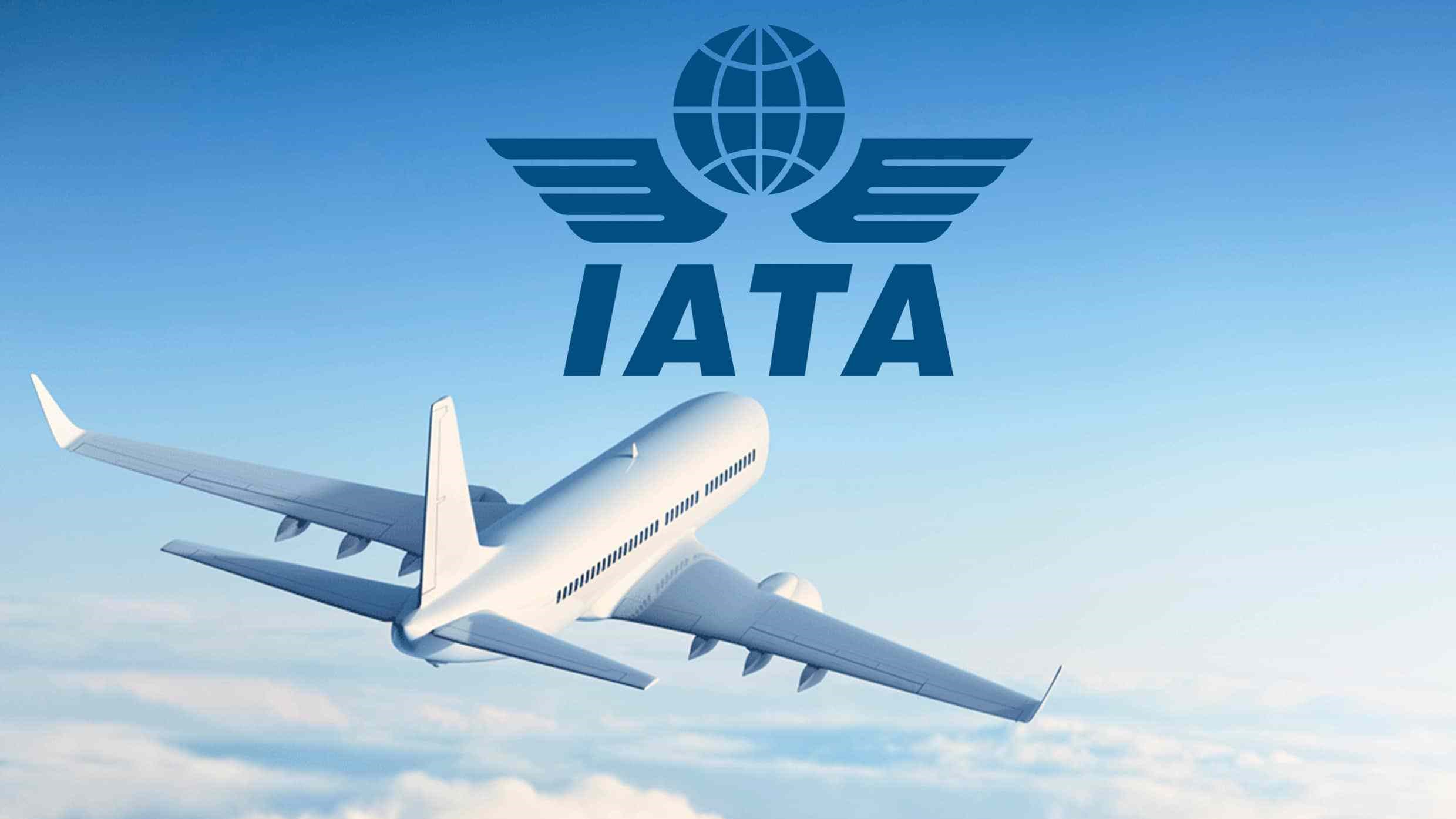GENEVA 27 November 2020: The International Air Transport Association (IATA) released data this week that illustrates the devastating impact of Covid-19 on international connectivity.
The pandemic disrupted airline connectivity as seen the dramatic shifts in the annual rankings of the world’s most connected cities.

Bangkok, Hong Kong, Tokyo, Seoul and New York all fell out of the top 10 rankings for the first time, while Chinese cities took the top four positions.
- London, the world’s number one most connected city in September 2019, has seen a 67% decline in connectivity. By September 2020, it had fallen to number eight.
- Shanghai is now the top-ranked city for connectivity with the top four most connected cities all in China—Shanghai, Beijing, Guangzhou and Chengdu.
- New York (-66% fall in connectivity), Tokyo (-65%), Bangkok (-81%), Hong Kong (-81%) and Seoul (-69%) have all exited the top ten.
- The study reveals that cities with large numbers of domestic connections now dominate, showing the extent of the international connectivity shut down.
“The dramatic shift in the connectivity rankings demonstrates the scale at which the world’s connectivity has been re-ordered over the last months. But the important point is that rankings did not shift because of any improvement in connectivity. That declined overall in all markets. The rankings shifted because the scale of the decline was greater for some cities than others. There are no winners, just some players that suffered fewer injuries. In a short period of time, we have undone a century of progress in bringing people together and connecting markets. The message we must take from this study is the urgent need to rebuild the global air transport network,” said IATA’s senior vice president for external member relations, Sebastian Mikosz.
IATA’s 76th Annual General Meeting called on governments to safely re-open borders using testing. “The systematic testing of travellers is the immediate solution to rebuilding the connectivity that we have lost. The technology exists. The guidelines for implementation have been developed. Now we need to implement before the damage to the global air transport network becomes irreparable,” said Mikosz.
IATA’s air connectivity index measures how well connected a country’s cities are to other cities around the world, which is critical for trade, tourism, investment and other economic flows. It is a composite measure reflecting the number of seats flown to the destinations served from a country’s major airports and the economic importance of those destinations.
Covid -19 impacts by region
Africa suffered a 93% decline in connectivity. Ethiopia managed to buck the trend. During the first pandemic wave in April 2020, Ethiopia maintained connections with 88 international destinations. Many aviation markets reliant on tourism, such as Egypt, South Africa and Morocco, were particularly severely impacted.
Asia-Pacific saw a 76% decline in connectivity. Stronger domestic aviation markets, such as China, Japan and South Korea performed better among the most connected countries in the region. Despite the relatively large domestic aviation market, Thailand was severely impacted perhaps because of the country’s high reliance on international tourism.
Europe experienced a 93% fall in connectivity. European countries saw significant declines across most markets, although Russian connectivity has held up better than Western European countries.
Middle East countries saw connectivity decline by 88%. With the exception of Qatar, connectivity levels reduced by more than 85% for the five most connected countries in the region. Despite border closures, Qatar allowed passengers to transit between flights. It was also an important hub for air cargo.
North American connectivity declined 73%. Canada’s connectivity (-85% decline) was hit more heavily than the United States (-72%). In part, this reflects the large domestic aviation market in the United States, which, despite a significant passenger decline, has continued to support connectivity.
Latin America suffered a 91% collapse in connectivity. Mexico and Chile performed relatively better than the other most connected countries, perhaps due to the timing of domestic lockdowns in these countries and how strictly they were enforced.
Before the pandemic
Prior to the COVID-19 pandemic, the growth in air connectivity was a global success story. Over the last two decades the number of cities directly linked by air (city-pair connections) more than doubled while over the same period, air travel costs fell by around half.
The top-ten most connected countries in the world mostly saw significant increases over the 2014-2019 period. The United States remained the most connected country, with a growth of 26%. China, in second place, grew connectivity by 62%. Other standout performers in the top ten included fourth-place India (+89%) and ninth-place Thailand (+62%).
View the IATA connectivity study presentation







